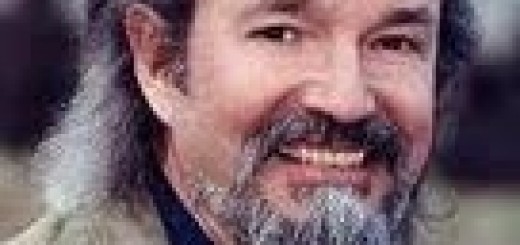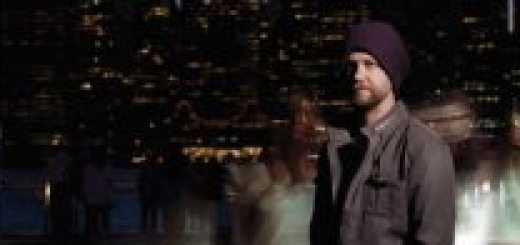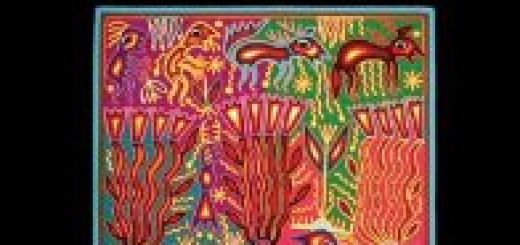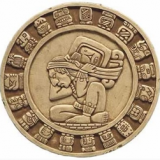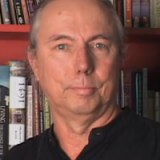Shugendō & Japan’s Mysterious Mountain Monks
From the comfort of the bullet-train, Japan’s countryside appears picturesque and benign.
To the average tourist, the only unsettling features of the ride are 1) the frustrating attempt to decipher the English of the announcer and 2) the frantic endeavor capture a half decent photo of Mount Fuji.
Outside the safety of the glistening torpedo carriages and their high-pitched Japanese ticket collector inhabitants however exists hundreds of miles of uncharted wilderness with a dark secret…
What Lurks in the Forbidden Wilderness?
I first became aware of this veiled ghostly underworld when I was fifteen.
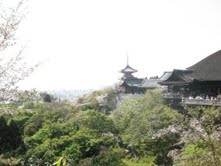 As an English city dweller lodging with a local family in a small rural community in Fukushima Prefecture, northern Japan, I felt drawn into the dense forests surrounding the village, partly to experience some of the magic I had seen in Studio Ghibli’s beautiful animations.
As an English city dweller lodging with a local family in a small rural community in Fukushima Prefecture, northern Japan, I felt drawn into the dense forests surrounding the village, partly to experience some of the magic I had seen in Studio Ghibli’s beautiful animations.
After a couple of days spent politely nodding and discussing the differences between English battered cod and sushi, I mustered the courage to ask if I may wander off into the wilderness – “Dame dame!” an unyielding expression forbidding me to even consider it!
A couple of politely crafted questions later informed me Japan’s forests are no place for teenagers on account of the tengu (supernatural crow-like humanoids) and their devoted followers, the yamabushi (mountain ascetic hermits). Being the polite young boy that I was, I followed my hosts’ advice and went to the baseball driving range instead.
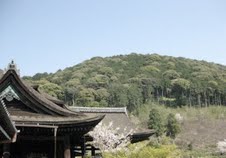 Years later I read an article about Mt. Kurama, the birthplace of Reiki (visit our section where you can learn Reiki free) and a known tengu hotspot, which suggested Aikido’s founder Ueshiba Morihei had learned martial arts from a yamabushi lurking somewhere on this mount and described British anthropologist Carmen Blacker’s petrifying run-in with a tengu in the early 1960s.
Years later I read an article about Mt. Kurama, the birthplace of Reiki (visit our section where you can learn Reiki free) and a known tengu hotspot, which suggested Aikido’s founder Ueshiba Morihei had learned martial arts from a yamabushi lurking somewhere on this mount and described British anthropologist Carmen Blacker’s petrifying run-in with a tengu in the early 1960s.
So who are these shadowy demons lurking in Japan’s countryside? Supernatural birdmen endowed with invisibility cloaks, seven-inch noses and fully functioning crow wings or feathered pranksters hiding in the bushes? The answer is of course somewhere in the middle.
En no Gyoja
To understand this deeply guarded and enigmatic set of practices, we must jump into the murky world of En no Gyoja.
Born in 634 under suitably mysterious surroundings, he quickly became the stuff of legend, his image being used to bind countless groups of mountain-dwelling ascetics into one unified concept – Shugendō.
The central purpose of these abstruse wanderers is to reach enlightenment through strengthening the bond between man and nature – no easy task!
While legend has it En no Gyoja was capable of levitation, manipulation of demons and possession of court aristocrats, his crowning achievement was attaining enlightenment or becoming one with nature, a goal he fulfilled in the 650s through intense physical training.
The Practice of Misogi
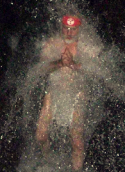 Although we will never know the intricate details of En no Gyoja’s spiritual workouts, he is widely believed to have practiced Misogi, an exercise designed to rinse out the body and mind, still practiced today; gathered around a sacred waterfall – Konryu-Myojin-no-Taki and Otowa-no-Taki being two of the best known – practitioners first perform a series of prayers and a set of calisthenic exercises known as ‘the bird boat’.
Although we will never know the intricate details of En no Gyoja’s spiritual workouts, he is widely believed to have practiced Misogi, an exercise designed to rinse out the body and mind, still practiced today; gathered around a sacred waterfall – Konryu-Myojin-no-Taki and Otowa-no-Taki being two of the best known – practitioners first perform a series of prayers and a set of calisthenic exercises known as ‘the bird boat’.
When the preparatory rituals are complete, followers start a specialised breathing pattern and repeatedly chant a request to the gods to wash away sin, while standing under an ice-cold downfall of holy water.
The Test of Nishi no Nozoki
Another lustrative practice associated with Shugendō is Nishi no Nozoki, or “gaze at the West” – new recruits are tied up with straw rope and suspended over the edge of a cliff, face down. Hanging hundreds of metres in the air, the powerless trainees are asked a series of questions to test their moral and spiritual fibre, only to have the rope slackened if the answer or even tone of response is unsatisfactory.
Shugendō Secrets
While the Japanese have masterfully exported Zen the world of Shugendō remains a closely guarded secret, even within Japan – a common response when asking a Japanese about Shugendō is “kowai”, or “it’s scary”, combined with a grimace and defensive hand gestures.
Its portrayal in the Japanese media supports this image, with the arch-villain of the hugely popular “Lone Wolf and Cub” manga being a Shugendō priest and Sadako from the cult Japanese horror film “Ring” suggested as En no Gyoja’s daughter. In this masked realm of demons, ghouls and Pinocchio-nosed birdmen, Shugendō’s followers certainly revel in this theatricality from the sidelines of their woodland abodes.
To the carefree tourist gazing out of a bullet-train window into an expanse of deep Japanese wilderness, it is easy just to see empty space, with infinitely less spiritual value than Kyoto’s endless stream of temples and shrines. And yet, through the eyes of a yamabushi, Mother Nature herself carves a colossal mandala out of lakes, cliffs and rivers.
Shugendō is in essence an examination of the nature of nature, allowing members to be absorbed by this process.
This transformation relies on faith in the unsurpassed power of the world itself, because as Dogen put it, “mountains and waters have been active since before the eon of emptiness, they are alive at this moment. Because they have been the self since before form arose, they are liberated and realized.”
 Sam Copley was born in Cambridge and among his various musical achievements he won the first ever Classical Brit Award for Orchestral/Ensemble Album of the Year. He toured through Europe, Asia and America where his fascination with Japan culture began at the age of fifteen while attending school in Fukushima, Japan while living with a local family. At fourteen, Sam started training in Shaolin Kung Fu. He went on to become the only non-Japanese member of the Waseda Chinese Martial Arts Society and eventually became a formal member of the dojo. To contact Sam please leave a comment.
Sam Copley was born in Cambridge and among his various musical achievements he won the first ever Classical Brit Award for Orchestral/Ensemble Album of the Year. He toured through Europe, Asia and America where his fascination with Japan culture began at the age of fifteen while attending school in Fukushima, Japan while living with a local family. At fourteen, Sam started training in Shaolin Kung Fu. He went on to become the only non-Japanese member of the Waseda Chinese Martial Arts Society and eventually became a formal member of the dojo. To contact Sam please leave a comment.
